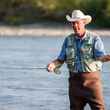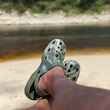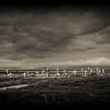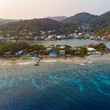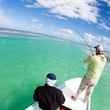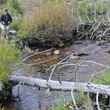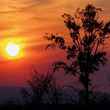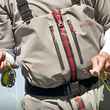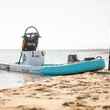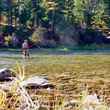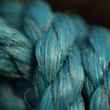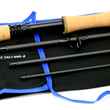There comes a time when the notion of casting through icy guides or standing in frigid water in search of trout feels more like a chore than an actual fishing endeavor.
But sometimes the urge is simply too great—particularly on familiar water where the exploration process isn’t as important as past knowledge. The elements are easier to handle if you know, generally, what’s coming.
Such is the case with Idaho’s Bear River as it runs through Black Canyon near the little farming town of Grace and just over Fish Creek Summit from the resort community of Lava Hot Springs. This is one of only a handful of public access points to the Bear in Idaho that’s easily reached by the public—a cooperative arrangement between Idaho Fish and Game and Pacificorp allows anglers to visit this gorgeous stretch of river in southeastern Idaho, where rainbows and native Bonneville cutthroat trout can be dependably targeted.
And winter might be the best time of year to pay this stretch of river a visit.


